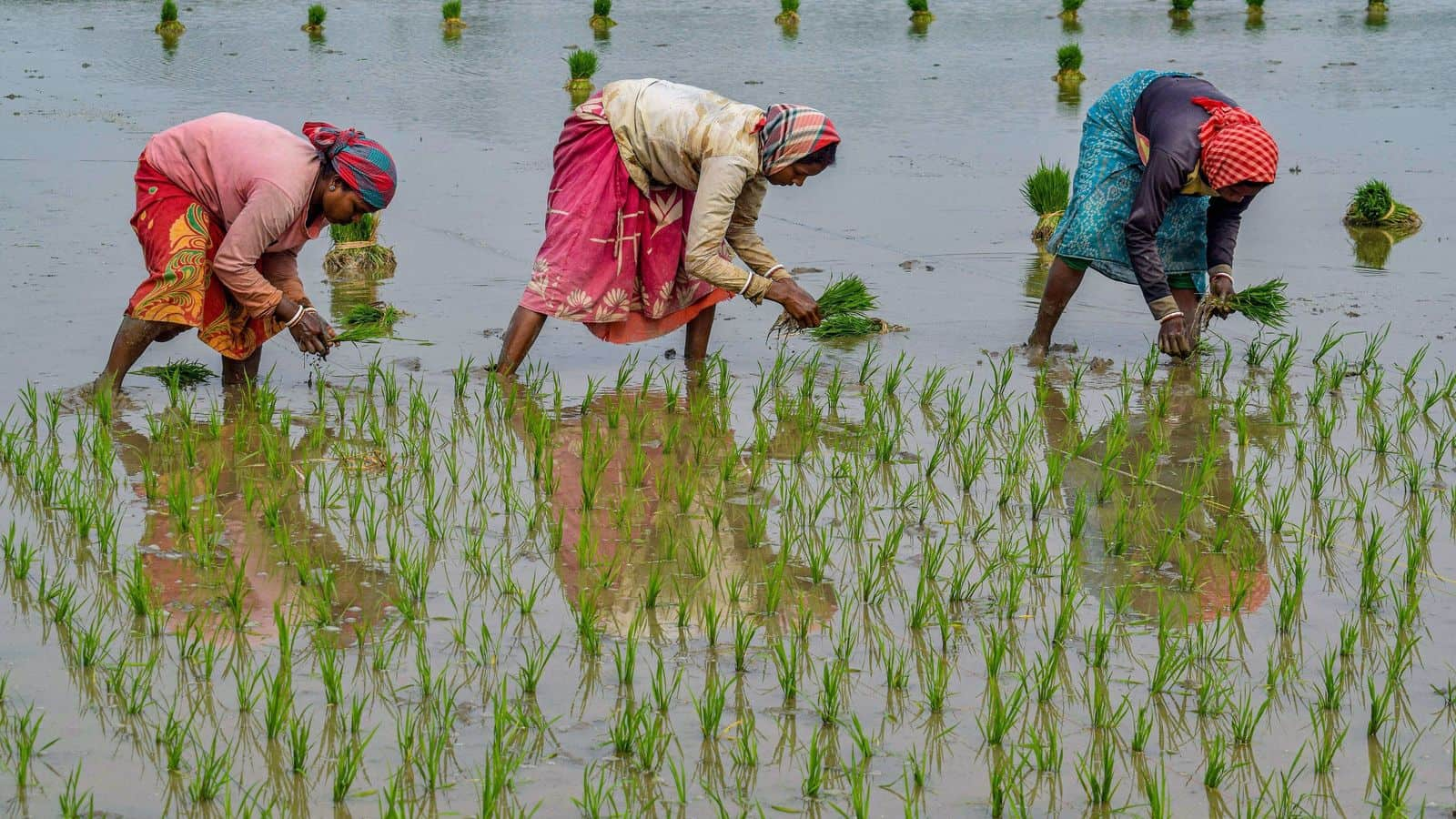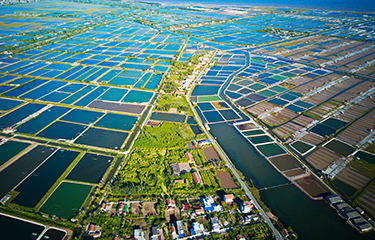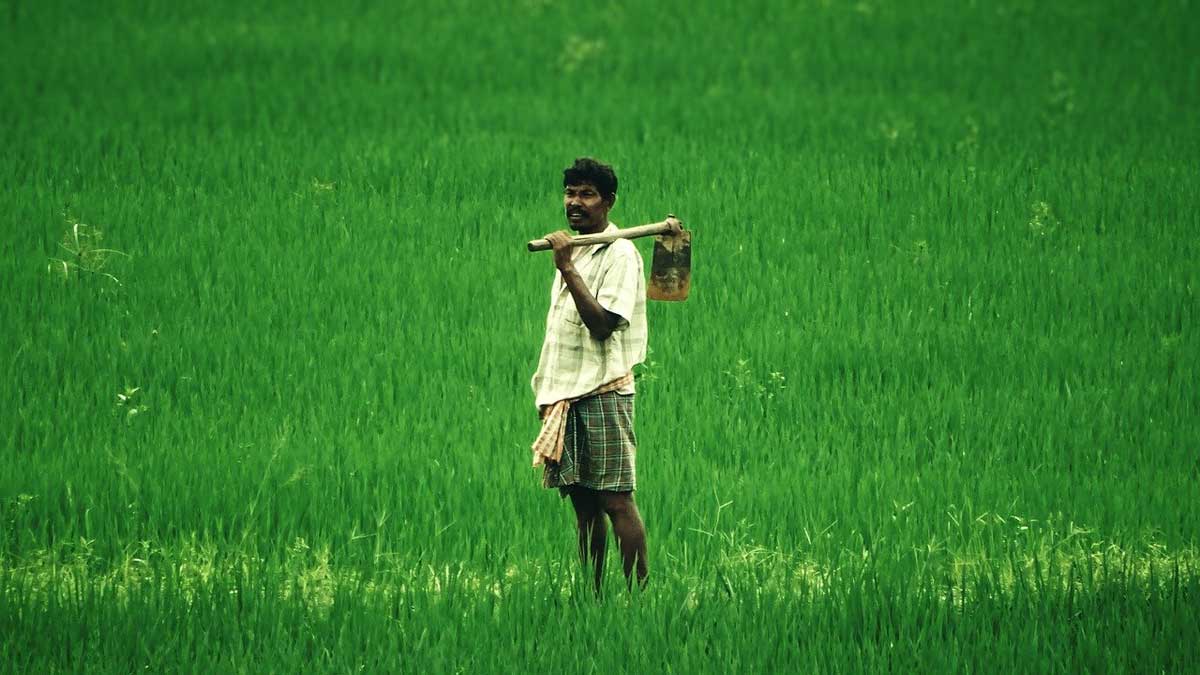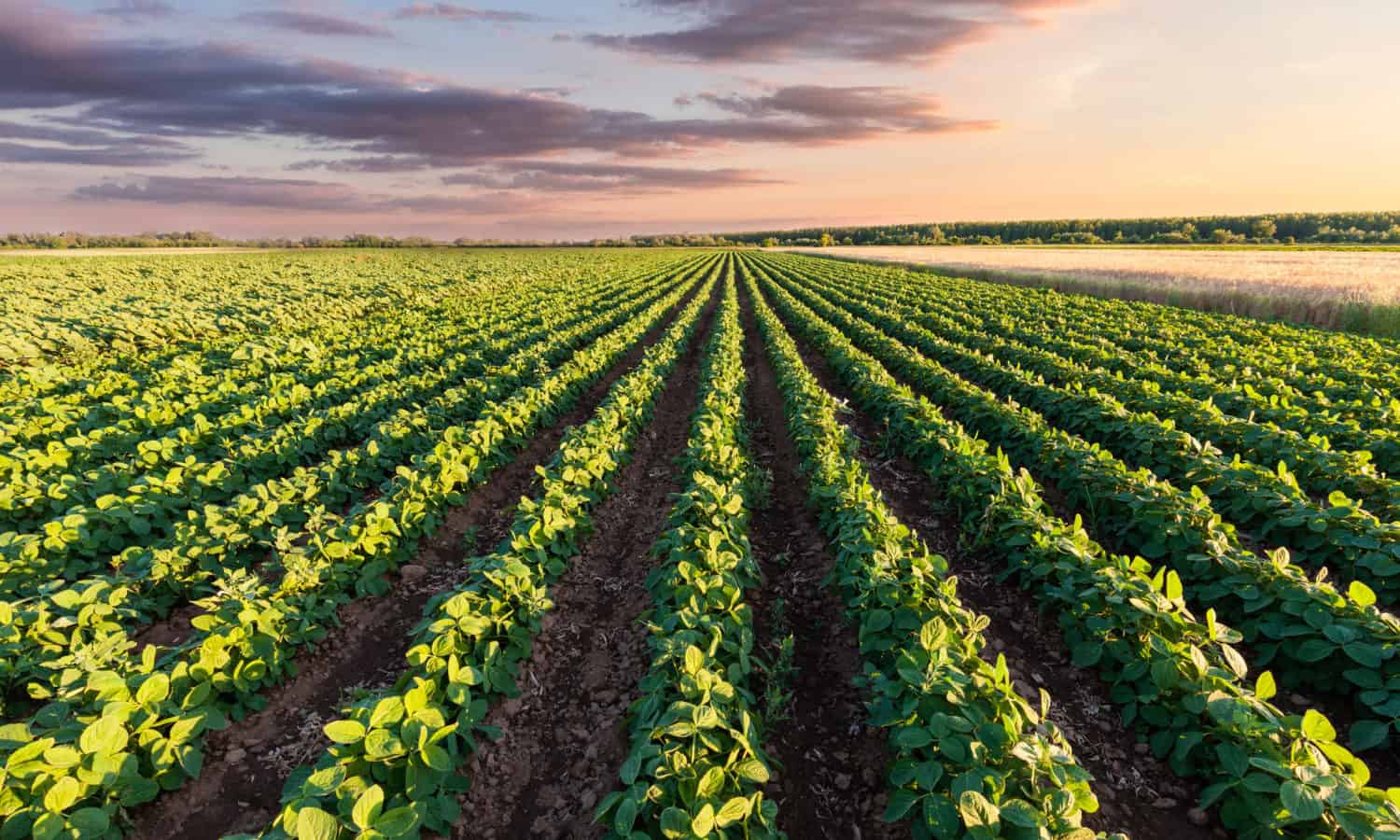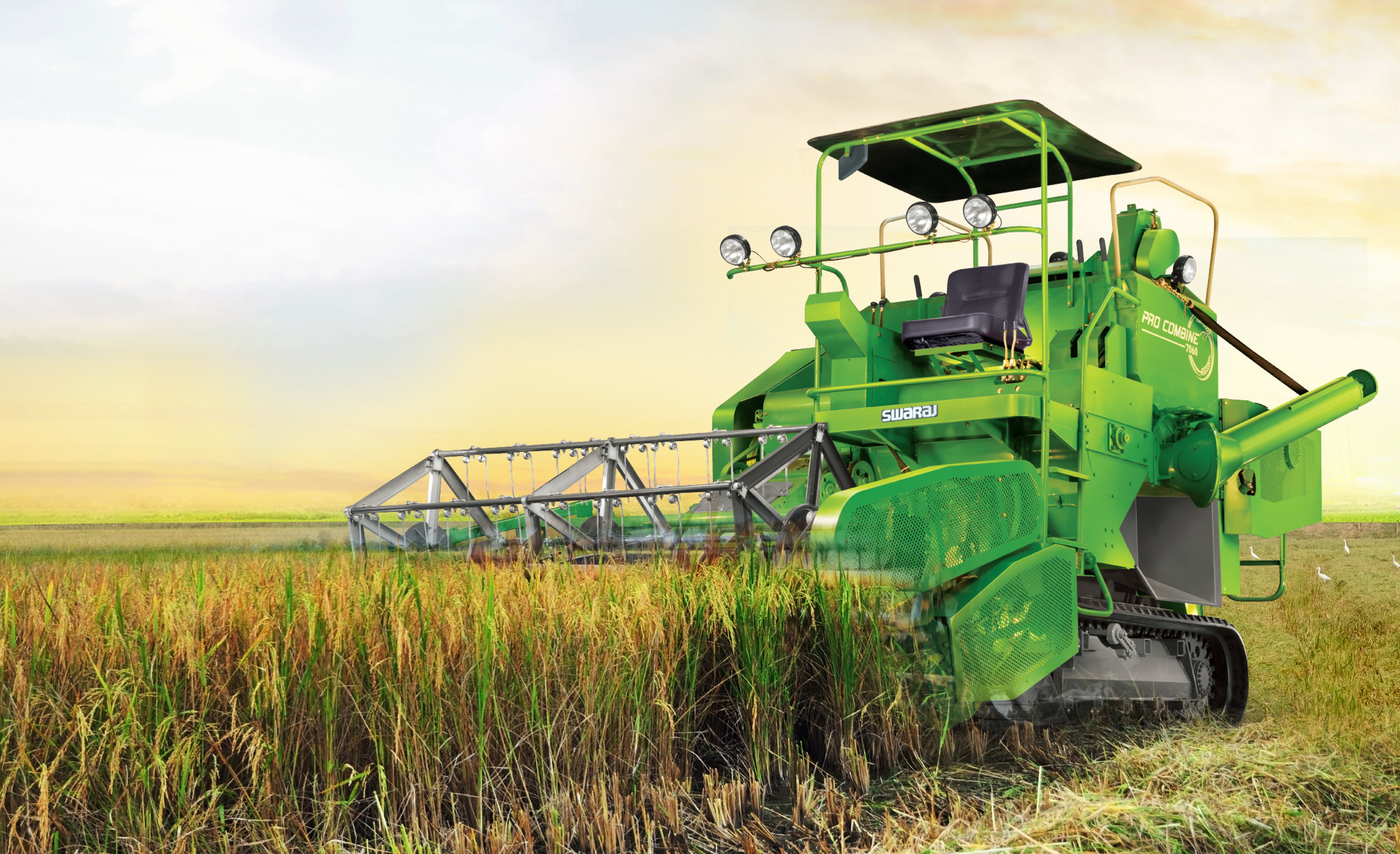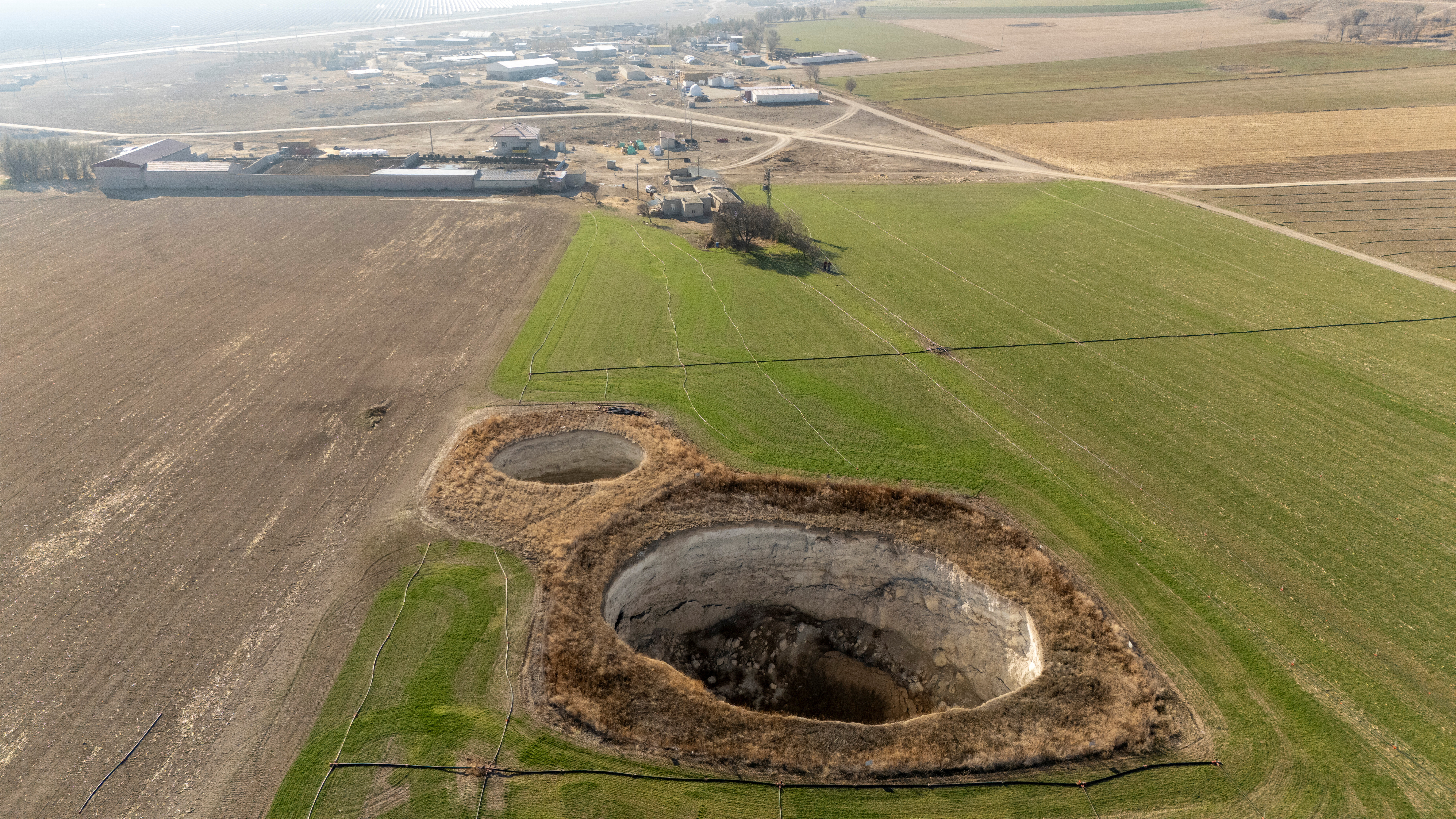Fifty-two-year-old Dhonjoy Mondol grows rice on his plot in the district of Sunamganj in northeastern Bangladesh. This year, he harvested 12 metric tons of rice from the 4-hectare (10-acre) plot; a few years previously, the same piece of land would have yielded double that amount.
“I have been experiencing pest attacks for the last few years, but this year was the worst,” Mondol says, adding, “I could not even recover my costs from such a low yield.”
Mondol isn’t alone in this predicament. For the past three decades, millions of farmers in Bangladesh like Mondol have cultivated just two varieties of rice, known as BRRI-28 and BRRI-29, in a country that has more than 130 varieties available. Now, with growing pest attacks and a loss of crop vibrancy as a result of monoculture, yields from the two varieties have experienced a dramatic drop.
“These two varieties have already reached the end of their life cycle,” says Jibon Krisna Biswas, a former director-general of the Bangladesh Rice Research Institute (BRRI), which developed the two varieties. “Moreover, the domination of a few varieties has destroyed balanced cultivation.”
A 2019 study also blamed monoculture and suggested adopting different alternative varieties to avoid risks, including pest attacks and low yields.
Observers say this situation could have been avoided. The BRRI has developed 108 different varieties of rice, while the Bangladesh Institute of Nuclear Agriculture (BINA) has developed another 24 varieties. Some of these varieties have shown high tolerance to extreme weather conditions. Nonetheless, farmers in Bangladesh remain overly reliant on BRRI-28 and BRRI-29.
In 2019-2020, during the boro season that runs from about December to May, the Bangladesh Agriculture Development Corporation (BADC) distributed 55,500 metric tons of rice seeds to farmers. Of this total, BRRI-28 accounted for 25,633 metric tons, and BRRI-29 for 26,555 metric tons.
Of the 36 million metric tons of rice that Bangladesh produces annually, 19 million metric tons are harvested during the boro season, 14 million metric tons during amon (July to December) and 3 million metric tons during aush (April to July), according to Bangladesh Bureau of Statistics data for 2020-2021.
Over the years, BRRI-28 and BRRI-29 have enjoyed massive popularity because they’re easy to handle and grow on all kinds of land. Biswas, the former BRRI head, blames government agencies, specifically the BADC and Department of Agricultural Extension (DAE), for failing to properly produce, market and distribute the other varieties.
“Most of the varieties are yet to reach farmers because not enough seed has been produced nor has enough publicity been done,” says Biswas, who is currently executive director of the Krishi Gobeshona Foundation (Agriculture Research Foundation). “BADC is more keen on producing the popular varieties than trying to produce new ones and distributing them.”
Biswas says he’s hopeful the situation will change soon, as some new varieties in the market are region-specific and target-oriented, such as being tolerant to saline, drought or submergence conditions.
Little demand for other varieties
Bangladesh Rice Research Institute and the Bangladesh Institute of Nuclear Agriculture have between them developed about 25 rice varieties designed to tolerate extreme weather since 2003. The aim is to deploy them in areas where the regular varieties can’t produce high yields due to changing climatic patterns.
However, these varieties have not yet caught on with farmers, leaving large tracts of arable land across the country underutilized or barren.
Data from various government institutions reveal that among the country’s total arable land, some 2 million hectares (nearly 5 million acres) are vulnerable to saline, drought and submergence.
With the prescribed amount of seed per hectare of land at about 22 kilograms, or about 20 pounds per acre, the country needs some 44,000 metric tons of extreme-climate-tolerant rice seeds, according to an estimate by the BRRI.
However, the BADC sold only around 1,300 metric tons of these varieties in 2019-2020.
Scientists from the BRRI say farmers know very little about these alternative options. The Department of Agricultural Extension, the organization responsible for popularizing the varieties, says the farmers make their decisions based on what they think will give them the best yields.
“Making a new variety popular usually takes time,” says Md Hamidur Rahman, former director-general of the Department of Agricultural Extension.
“The farmers are the best judge of a variety as they cultivate it for profit. They only accept varieties which will give them the best produce in the shortest time,” he adds.
BRRI scientists also blame the BADC for falling short in its responsibility to produce and distribute seeds. The BADC refutes this.
“We produce and distribute seed varieties based on the demand of farmers,” says Pradip Chandra Dey, general manager of the BADC. He adds, “We cannot produce any variety unless there is demand from the farmers’ side, to avoid financial losses.”
Dey says the BADC has adequate stock of the extreme-climate-tolerant seed varieties, but that their popularity among farmers is low.
BADC officials tell Mongabay that weak demand for these more climate-resistant varieties is the result of poor publicity by the Department of Agricultural Extension, which is wholly responsible for making farmers aware of new varieties and their characteristics.
Habibur Rahman Chowdhury, a director at the Department of Agricultural Extension, denies this, saying they’ve been running adequate publicity campaigns and field training programs among the farmers to introduce every new variety. He says farmers are somehow yet to embrace the new varieties but will hopefully do so soon.
“Considering the crisis with BRRI-28 and BRRI-29 varieties,” says former BRRI chief Biswas, “the government should drastically cut down on their sales and increase the availability of alternative ones.”
Source - https://news.mongabay.com


